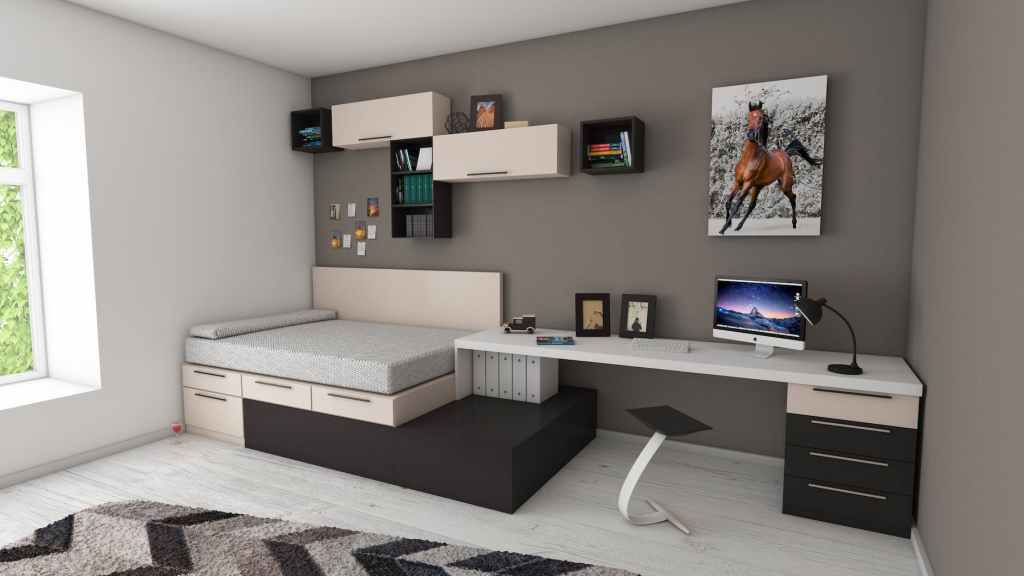Smart home technology has gained popularity in recent years, promising convenience, efficiency, and improved quality of life. From controlling household appliances with a smartphone to automated security systems, the possibilities seem endless. However, like any rapidly advancing technology, smart homes also come with their own set of challenges and problems.
One of the main issues with smart home technology is the potential for security breaches. With the increasing number of devices connected to the internet, hackers have more opportunities to exploit vulnerabilities and gain access to private information. From smart door locks to security cameras, any device connected to a network can become a potential entry point for cybercriminals. This raises concerns about privacy and data protection, as sensitive information could be exposed if proper security measures are not in place.
Compatibility is another significant problem faced by smart home technology users. Different brands and devices often use different protocols and standards, making it difficult for them to communicate effectively. This can lead to compatibility issues and limited functionality, requiring users to invest in additional devices to bridge the gap. The lack of a unified standard also hampers the interoperability of smart home devices, reducing their overall utility and convenience.
Reliability and stability are crucial factors when it comes to technology, and smart home devices are no exception. Users may encounter issues such as device malfunctions, connection failures, or software bugs that can disrupt the seamless functioning of their smart homes. This can be frustrating and time-consuming, requiring troubleshooting and potential repairs. The dependence on technology for everyday tasks can become a burden when these issues arise, negating the promised convenience and efficiency.
The complexity of setting up and configuring smart home devices is another challenge that users may face. Not everyone has the technical skills or knowledge to navigate the intricacies of device installation and network setup. This can lead to user frustration and potential abandonment of the technology altogether. Enhancing user-friendliness and simplifying the setup process is essential for wider adoption of smart home technology.
Finally, cost remains a barrier for many individuals when considering smart home technology. While prices have decreased over time, the initial investment can still be significant, especially for those who want to fully automate their homes. Additionally, ongoing subscription fees for cloud storage or advanced features can further strain the budget. As a result, smart home technology may still be perceived as a luxury rather than a necessity for many consumers.
In conclusion, smart home technology offers numerous advantages, but it also presents several challenges. Security risks, compatibility issues, reliability concerns, complexity in setup, and cost are among the main problems associated with smart homes. As technology continues to evolve, it is crucial for manufacturers and developers to address these issues to ensure a seamless and secure user experience. Only then can smart home technology truly fulfill its potential and gain widespread acceptance in households worldwide.
